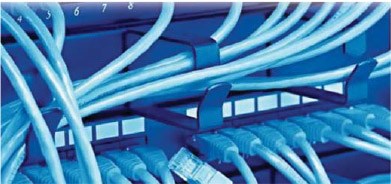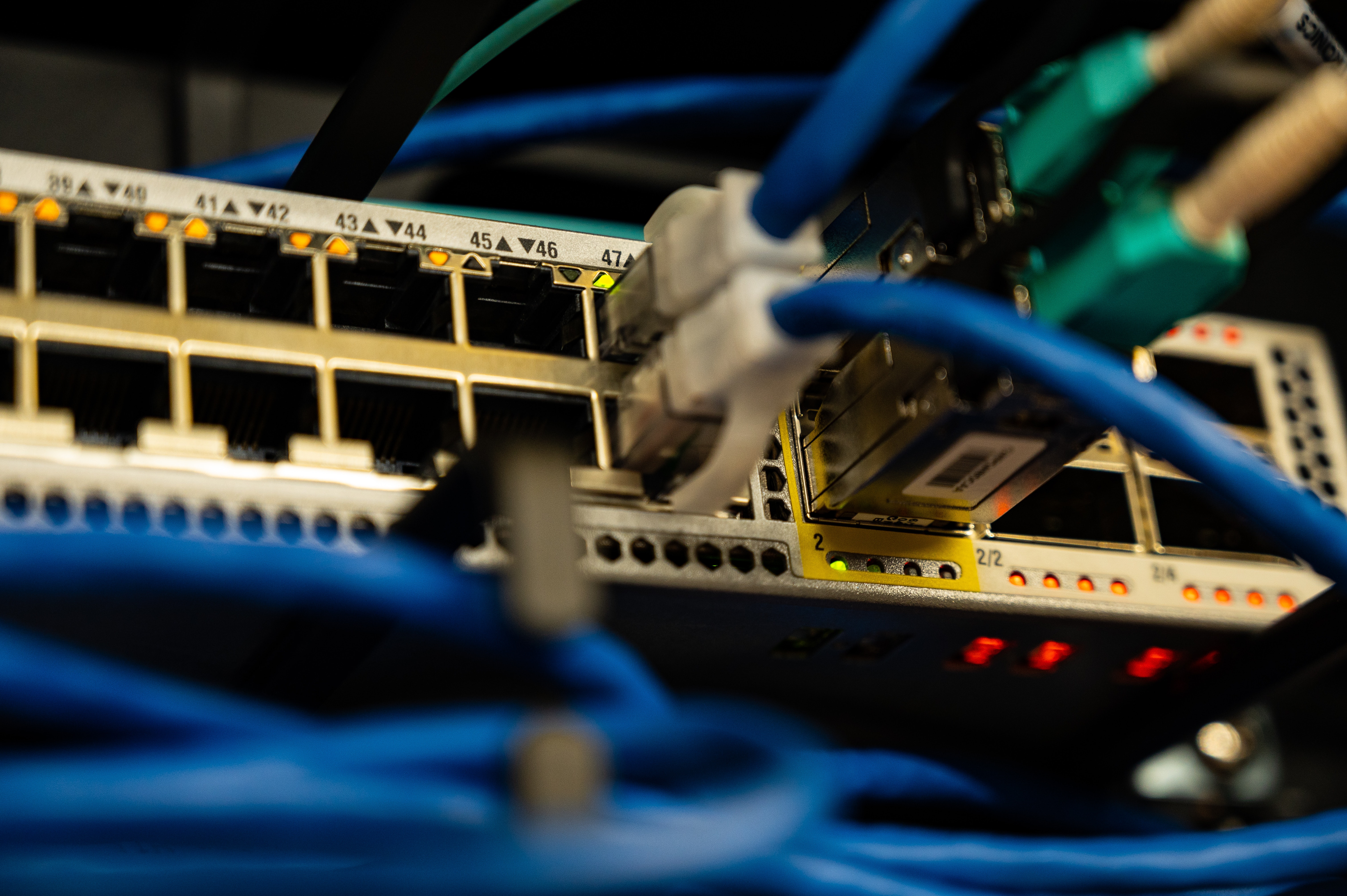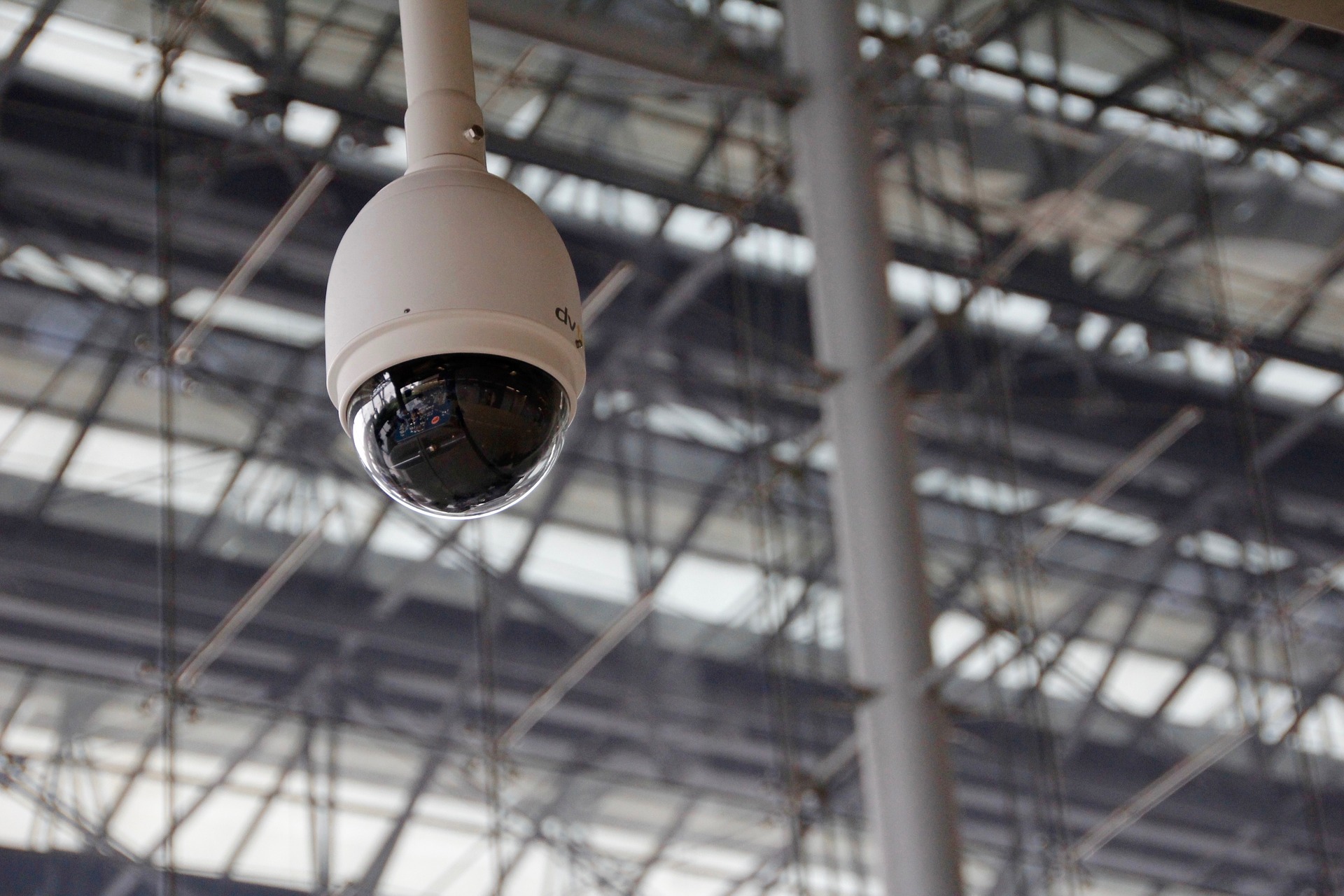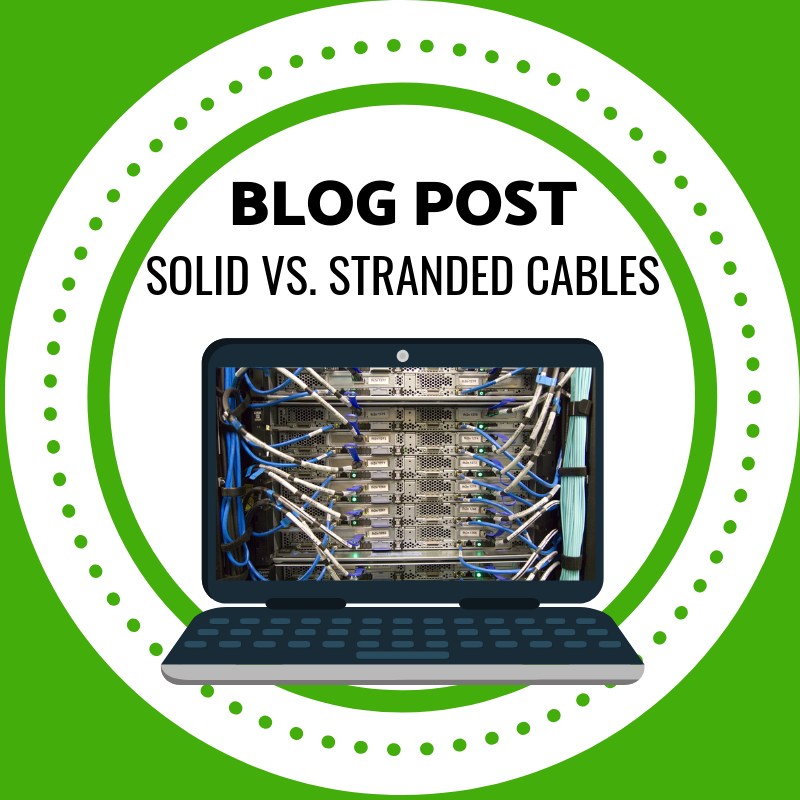How Patch Cords & Patch Panels Benefit Installations
Topics: networking, network, networking cable
Topics: networking, network, accessories, networking cable
At the end of each year, we take a look at our most popular blog posts to see what our customers found to be most useful and compelling. Here are the top 5 blogs that help you learn more about low voltage cabling and fiber optic products:
Topics: Fiber Optic Connector, Fiber Optic, HDMI Cables, fire alarm cables, fire alarm systems, plenum cable, Audio cables
Topics: Connector, networking, network, networking cable
How to choose the right Fiber Optic Connector?
When selecting the right fiber optic connector to use for any job or installation there are a few key features to make note of. Not doing the proper preparation cable make the customer go from satisfied to unsatisfied pretty quickly. So what are some keys factors to look at when selecting the right connector for a fiber optic installation?
Topics: Fiber Optic Cable, Fiber Optic Connector, Fiber Optic, Pre-Terminated Fiber Optic Assemblies
Benefits of Fiber Optics in Video Security/Surveillance
In the ever-increasing reach of today’s video security and surveillance systems, many security professionals are finding that the quality, bandwidth, and distance needed to perform even the most basic surveillance is beyond the reach of coaxial and UTP cabling. Even though IP-based video security systems are gaining popularity, they face a serious distance limitation of 100 meters (328ft) or less over UTP cabling infrastructure. This poses an insurmountable hurdle when trying to monitor the many outreach locations of a typical surveillance installation.
Topics: Fiber Optic Cable, Fiber Optic, Security Products
Power Limited Vs. Non-Power Limited Fire Alarm Cables
In previous blog posts, we have looked at the difference between Addressable vs. Conventional Fire Alarm Systems. Conventional fire alarm cables are designed based upon the AWG of the cable and can be broken into two categories: Power limited and Non-Power Limited cables. In the article below we will be looking at some distinct differences between the two:
Topics: fire alarm cables, fire alarm, fire alarm systems, fire detection systems
Topics: networking, tactical, networking cable
-
Highly Flexibility
-
Easier to Route
-
Can withstand large amounts of repetitive motion
-
Replaced less often
-
Expensive
-
Cost-Effective
-
Cant withstand large amounts of repetitive motion
-
Not highly flexible
Topics: Low Voltage Cables, bulk cable, Solid Cable, Stranded Cable
6 Tips for Choosing Conference Room Equipment
There are many options that offer a cost-effective solution to support the migration to AV-IP, which creates the setting for greater innovation and collaborations. One area that is experiencing this change is conference rooms. When working through this migration it's important to make sure that you have the right equipment to maximize value to users and their audio and video assets.
In the article below we will be stating some tips to make sure that you are selecting the right conference room equipment.
Topics: Control Systems, AV, AV/IP Systems











